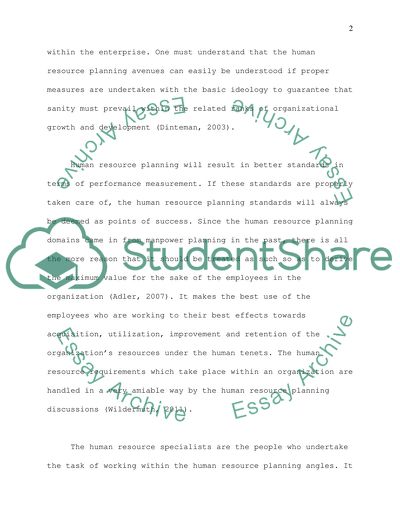Cite this document
(The Role of Human Resource Planning for Organizations Case Study, n.d.)
The Role of Human Resource Planning for Organizations Case Study. Retrieved from https://studentshare.org/human-resources/1430114-people-resourcing
The Role of Human Resource Planning for Organizations Case Study. Retrieved from https://studentshare.org/human-resources/1430114-people-resourcing
(The Role of Human Resource Planning for Organizations Case Study)
The Role of Human Resource Planning for Organizations Case Study. https://studentshare.org/human-resources/1430114-people-resourcing.
The Role of Human Resource Planning for Organizations Case Study. https://studentshare.org/human-resources/1430114-people-resourcing.
“The Role of Human Resource Planning for Organizations Case Study”, n.d. https://studentshare.org/human-resources/1430114-people-resourcing.


